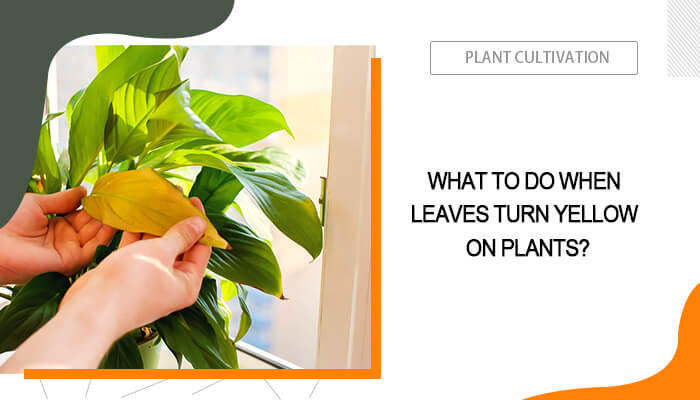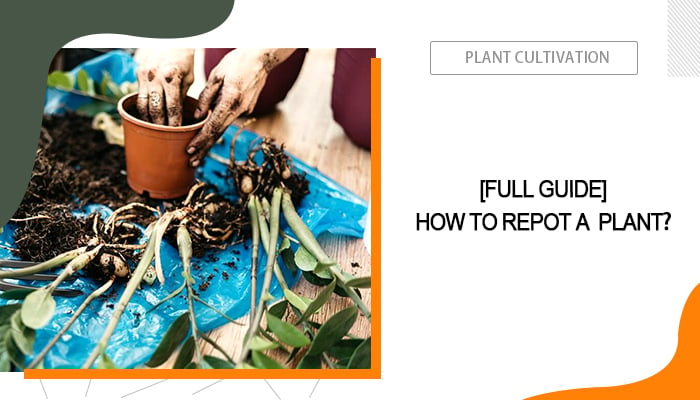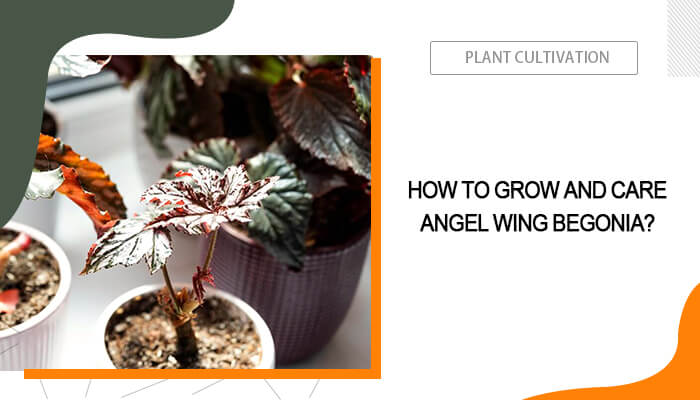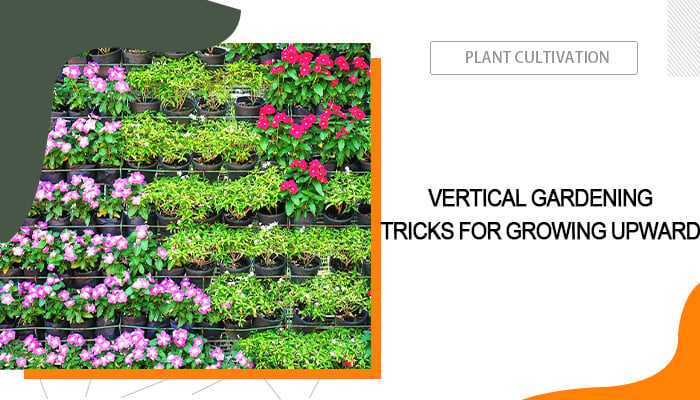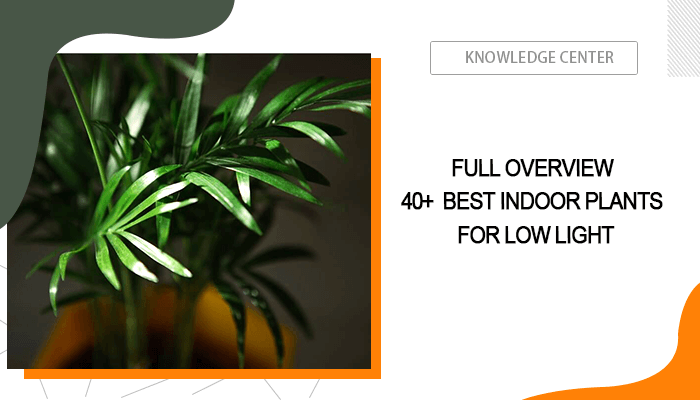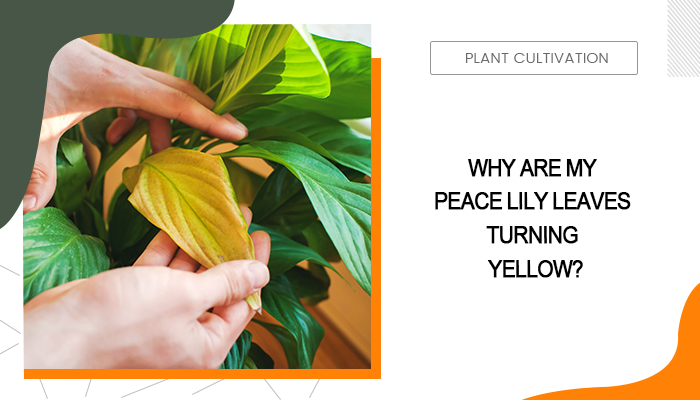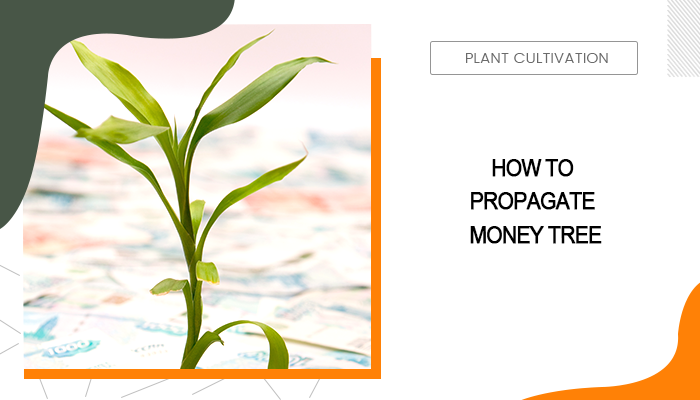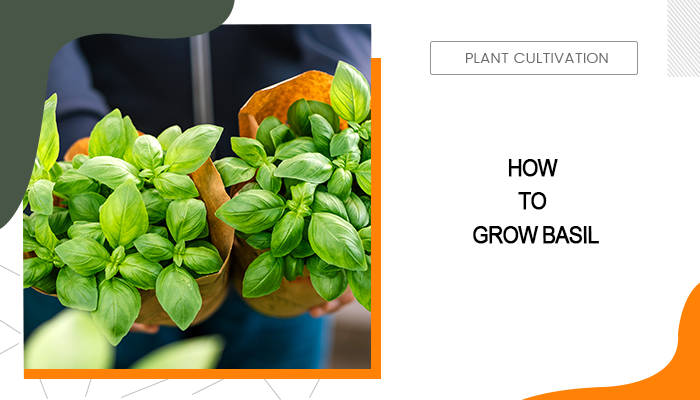It's disappointed to find yellow leaves on your Money trees, Peace Lily, or Monstera leaves. Yellow leaves on plants can be a source of concern for gardeners, signaling potential issues that need immediate attention. Whether you’re a plant enthusiast or a novice gardener, understanding the reasons behind yellowing foliage is crucial for maintaining the health and vitality of your green companions.
In this article, we’ll explore the common causes of yellow leaves and provide effective solutions to restore your plants to their lush and vibrant state. From nutrient deficiencies to watering practices and light conditions, we’ll cover everything you need to know to tackle yellow leaves head-on.
Say goodbye to those unsightly yellowing leaves and hello to thriving, healthy plants!
Table of Contents
What Does It Mean When Leaves Turn Yellow on Plants?
When leaves turn yellow on plants, it typically indicates a problem that could stem from various factors. So, why do leaves on plants turn yellow? One common reason is overwatering, which can lead to root rot and hinder the plant's ability to absorb nutrients. Conversely, underwatering can also cause yellowing, as the plant struggles to maintain its health.
Nutrient deficiency causes yellow leaves as well. Nutrient deficiencies, particularly nitrogen, can result in yellow leaves due to inadequate fertilization. Additionally, yellowing may signify environmental stressors, such as inadequate light, temperature fluctuations, or pests and diseases. Identifying the specific cause is crucial for addressing the issue and restoring the plant's health.
How to Fix Yellow Leaves on Plants?
Based on the causes of leaves on plants to turn yellow, we’ll continue to learn how to fix yellow leaves on indoor plants and outdoor plants.
Overwatering or Underwatering
Improper watering is one of the most common causes of yellow leaves. If the soil is staying too wet, allow it to dry out more between waterings. If it’s drying out too quickly, water more frequently. Always water thoroughly until it drains out the bottom.
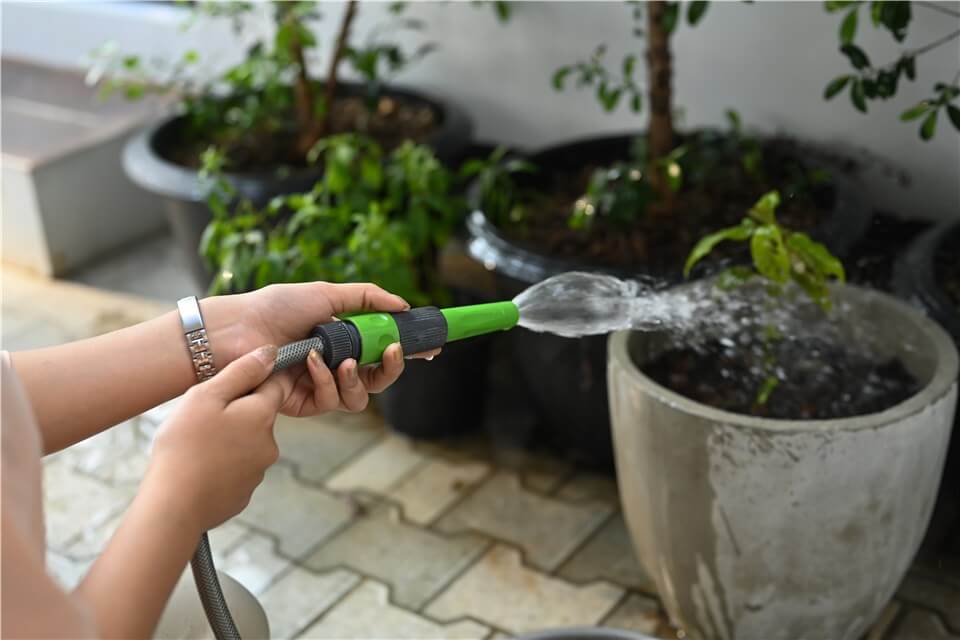
Overwatering or Underwatering
Lack of Sunlight
In this case, you should provide more light. Plants need adequate sunlight to produce chlorophyll and maintain green leaves. Move plants to a brighter location or supplement with LED grow lights. Compared to direct sunlight, this supplement lighting can significantly enhance plant growth by providing a tailored spectrum of light that meets the specific needs of plants at various growth stages.
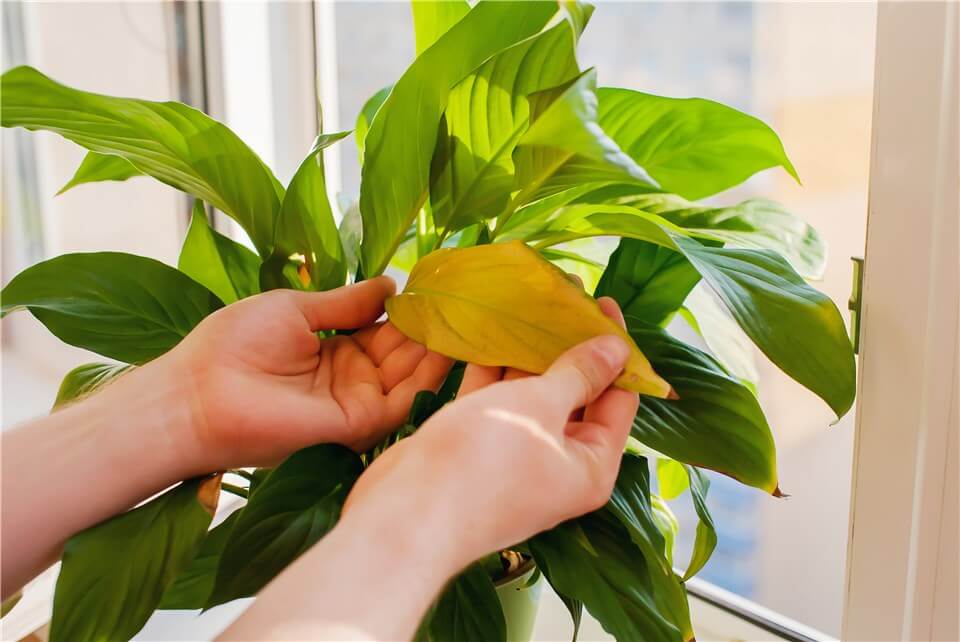
Lack of Sunlight on Indoor Plants
Nutrient Deficiencies
As mentioned, nutrient deficiencies, especially lack of nitrogen, can cause leaves to yellow. Hence, you should fertilize appropriately at different plant growth stages. Apply a balanced, water-soluble fertilizer as directed to correct the issue.
Root Damage or Compacted Roots
Compacted, damaged roots can’t properly absorb water and nutrients. If possible, gently remove the plant and inspect the roots. If you find they are tightly bound, repot your plant in a slightly larger container with fresh potting mix.
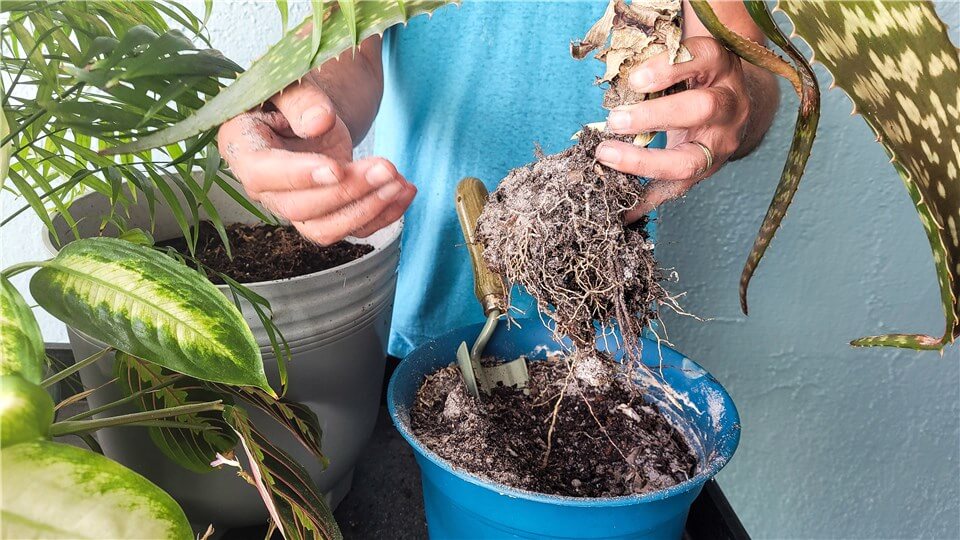
Root Damage or Compacted Roots
Pests like Aphids or Mealybugs
If pests or diseases are to blame, treat the plant accordingly. For aphids or mealybugs, wipe leaves with a damp cloth or spray with insecticidal soap. For powdery mildew, improve air circulation and use a fungicide if needed.
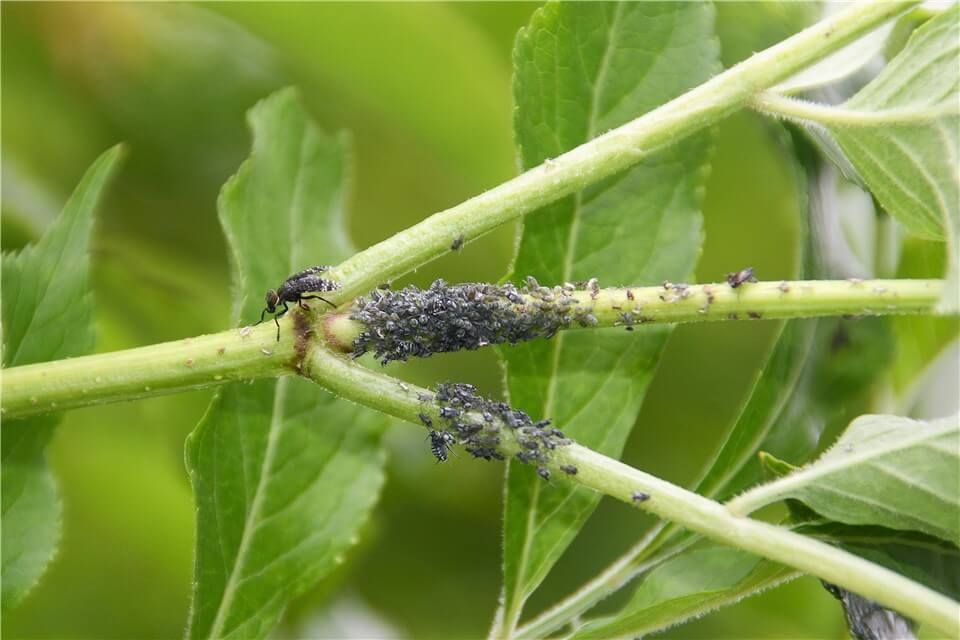
Aphids or Mealybugs
FAQs on Yellow Leaves on Plants
In this section, we’ll address several frequently asked questions about yellow leaves on plants, providing you with valuable insights and practical solutions.
Can yellow leaves turn green again?
No, yellow leaves cannot turn green again once they have lost their chlorophyll, as this change indicates that the leaf is no longer healthy and is often a sign of stress or nutrient deficiency. However, if the yellowing is addressed promptly—by correcting issues such as overwatering, underwatering, or nutrient deficiencies—the new growth that emerges from the plant can be healthy and green. It's important to monitor the plant's conditions and provide the necessary care to promote vibrant new leaves while allowing the yellow ones to naturally fall off as part of the plant's life cycle.
What nutrient deficiency causes yellow leaves?
Yellow leaves on plants can be indicative of several nutrient deficiencies, with nitrogen, iron, and magnesium being the most common culprits. Nitrogen deficiency often results in older leaves turning yellow while new growth remains green, as nitrogen is vital for chlorophyll production. Iron deficiency typically causes young leaves to yellow while the veins remain green, a condition known as chlorosis, and is more common in alkaline soils. Magnesium deficiency may lead to yellowing between the veins of older leaves, resulting in a mottled appearance. Identifying the specific deficiency is crucial for effective treatment, as each requires different corrective measures to restore plant health.
What is the best fertilizer for yellowing leaves?
The best fertilizer for addressing yellowing leaves often depends on the underlying cause of the discoloration. If the yellowing is due to a nitrogen deficiency, a balanced fertilizer with a higher nitrogen content, such as a 10-10-10 or a nitrogen-rich organic option like fish emulsion, can help promote lush green growth. For other nutrient deficiencies, a complete fertilizer that contains essential micronutrients, such as iron, magnesium, and potassium, can be beneficial. Additionally, using a slow-release fertilizer can provide a steady supply of nutrients over time, helping to restore the plant’s vigor. Always follow the recommended application rates and adjust based on the specific needs of your plant to avoid over-fertilization, which can lead to further issues.
Should I cut yellow leaves off a plant?
Yes, you should consider cutting yellow leaves off a plant, as they can drain energy from the plant and may indicate underlying issues. Removing yellow leaves helps redirect the plant’s resources to healthier foliage and new growth, improving overall vitality. Additionally, trimming away dead or damaged leaves can enhance air circulation and reduce the risk of pests and diseases. However, it's important to assess the reason for the yellowing before trimming; if the yellowing is due to environmental factors like overwatering or nutrient deficiencies, addressing those issues will also be crucial for the plant's recovery. Always use clean, sharp scissors or pruning shears to make clean cuts and minimize stress on the plant.
Can too much fertilizer cause yellow leaves?
Yes, too much fertilizer can indeed cause yellow leaves on plants, a condition known as fertilizer burn. When plants receive excessive nutrients, particularly nitrogen, it can lead to salt buildup in the soil, which can damage the roots and hinder their ability to absorb water and nutrients. This stress manifests as yellowing leaves, often accompanied by browning at the leaf tips or edges. Over-fertilization can also disrupt the balance of essential nutrients, leading to deficiencies in other areas. To prevent this, it's important to follow recommended application rates for fertilizers and to flush the soil with water if you suspect salt buildup, which can help leach excess nutrients out of the root zone.
In Conclusion
Fixing yellow leaves on plants requires a keen understanding of the underlying issues and a proactive approach to care. By identifying the cause—whether it be nutrient deficiencies, watering problems, improper light exposure, or pest infestations—you can implement effective solutions that promote healthy, green foliage. With the right care and attention, your plants can thrive, bringing beauty and vibrancy to your indoor or outdoor space. Stay vigilant and proactive, and you’ll enjoy flourishing plants in no time!


